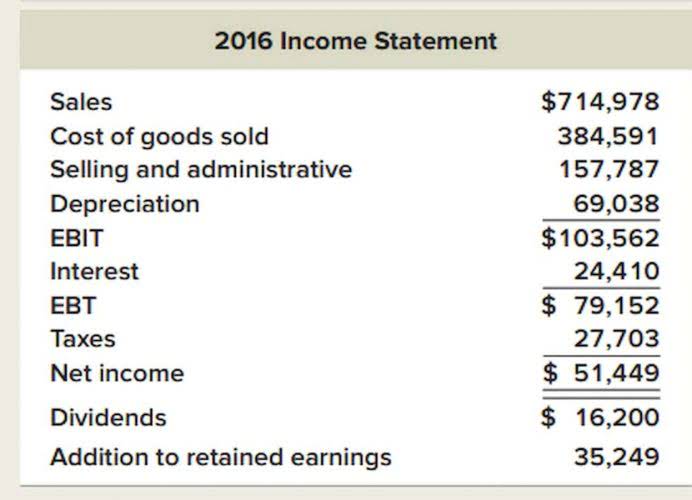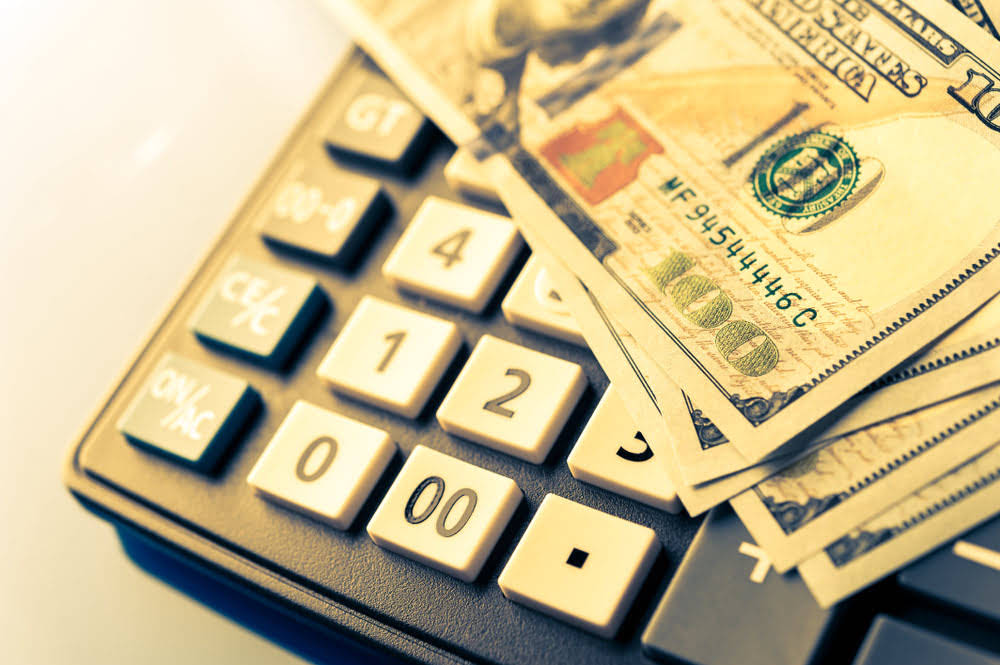
It should be paired with other metrics to obtain a more holistic picture of an organization’s standing. Company or shareholders’ equity often provides analysts and investors with a general idea of the company’s financial health and well-being. If it reads positive, the company has enough assets to cover its liabilities. Return on equity (ROE) is a measure of financial performance calculated by dividing net income by shareholder equity. Because shareholder equity is equal to a company’s assets minus its debt, ROE could be considered the return on net assets.
- But shareholder equity alone is not a definitive indicator of a company’s financial health.
- Therefore, the stockholder’s equity of Apple Inc. has declined from $134,047 Mn as at September 30, 2017 to $107,147 Mn as at September 29, 2018.
- The retained earnings portion reflects the percentage of net earnings that were not paid to shareholders as dividends and should not be confused with cash or other liquid assets.
- Note that stock dividends, however, don’t change the total shareholders’ equity; they just move value from retained earnings to paid-in capital within the equity section of the balance sheet.
- It’s a frictionless product, and you can get up and running in minutes with enterprise-grade product offerings, like business checking, corporate cards, and AP automation, that grow with you.
AccountingTools
By analyzing a company’s income statement and balance sheet, you can compute ROE by dividing the net income by the equity capital. ROE is a tool that allows you to measure a company’s profitability by examining the returns it generates on the money shareholders have invested. There are several ways a company can improve its ROCE, including increasing sales revenue, reducing expenses, and improving profitability. Additionally, a company can raise more capital from common stockholders or increase its borrowing capacity to invest in new projects or expand existing operations. A higher return on equity indicates that a company is generating higher profits for equity investors from the net assets invested. A company stockholders equity calculator with a lower ROE but a solid balance sheet and steady growth potential may be a better investment than one with a higher ROE that has a high level of debt.
- But an important distinction is that the decline in equity value occurs due to the “book value of equity”, rather than the market value.
- Moreover, debt is another factor that affects the return on common stockholders equity.
- Specifically, this metric can be used to evaluate the likelihood of receiving a payment should the company have to liquidate.
- When the balance sheet is not available, the shareholder’s equity can be calculated by summarizing the total amount of all assets and subtracting the total amount of all liabilities.
Problems with the Stockholders’ Equity Concept

A negative shareholders’ equity means that shareholders will have nothing left when assets are liquidated and used to pay all debts owed. Stockholders’ equity refers to the assets of a company that remain available to shareholders after all liabilities have law firm chart of accounts been paid. Positive stockholder equity can indicate that a company is in good financial health, while negative equity may hint that the company is struggling or overextended with debt. Stockholders’ equity is typically included on a company’s balance sheet but it’s possible to calculate it yourself. The stockholders’ equity, also known as shareholders’ equity, represents the residual amount that the business owners would receive after all the assets are liquidated and all the debts are paid. Shareholder equity is also known as the book value of the company and is derived from two main sources, the money invested in the business and the retained earnings.

Formula
The relationship between SE and dividends is that when a company pays out cash dividends, it reduces its SE by decreasing retained earnings, which is a component of equity. The bottom line is that the effect of stock buybacks on shareholder equity depends on the company’s execution and the broader financial context. Note, however, that share buybacks reduce the company’s cash reserves because the company taps its own cash reserves or takes on debt to repurchase its shares. So, this reduction in assets can decrease the overall SE on the balance sheet. This often results in a higher stock price, benefiting remaining shareholders by increasing the value of their holdings.
- Understanding stockholders’ equity and how it’s calculated can help you to make more informed decisions as an investor.
- The SE ratio measures the proportion of a company’s total assets financed by SE (rather than debt).
- Here, we’ll assume $25,000 in new equity was raised from issuing 1,000 shares at $25.00 per share, but at a par value of $1.00.
- When companies issue shares of equity, the value recorded on the books is the par value (i.e. the face value) of the total outstanding shares (i.e. that have not been repurchased).
- Therefore, the stockholder’s equity of SDF Ltd as on March 31, 20XX stood at $800,000.
- The stockholders’ equity subtotal is located in the bottom half of the balance sheet.
- Retained earnings are the sum of the company’s cumulative earnings after paying dividends, and it appears in the shareholders’ equity section in the balance sheet.
- On the other hand, an investor might feel comfortable buying shares in a relatively weak business as long as the price they pay is sufficiently low relative to its equity.
- If used in conjunction with other tools and metrics, an investor can accurately analyze the health of an organization.
- But, what would happen if the company changes something on its balance sheet?
- Additionally, buybacks can signal to the market that the company believes its shares are undervalued, which can further boost investor confidence and stock prices.
But, if debt gets too high, then the interest payments can be a severe burden on a company’s bottom line. Long-term liabilities are obligations that are due for repayment over periods longer than one year. Companies may have bonds payable, leases, and pension obligations under this category. There is also such a thing as negative brand equity, which is when people will pay more for a generic or store-brand product than they will for a particular brand name.
![]()

The bank will see it as having less risk and therefore will issue the loan with a lower interest rate. This company can then take advantage of its low D/E ratio and get a better rate than if it had a high D/E ratio. Successful investors look well beyond today’s stock accounting price or this year’s price movement when they consider whether to buy or sell. Take your business to the next level with seamless global payments, local IBAN accounts, FX services, and more.


